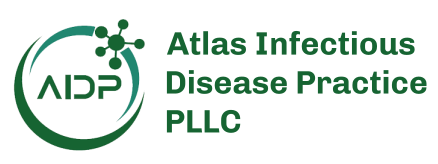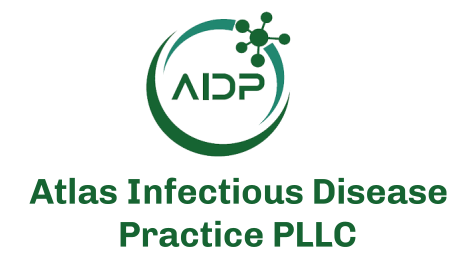Alejandro Krolewiecki, MD

On January 30, 2025, the Committee for Medicinal Products for Human Use (CHMP) issued a positive opinion for the approval of Ivermectin/Albendazole, a fixed-dose combination aimed at treating soil-transmitted helminth infections and microfilaraemia in lymphatic filariasis patients. This marks an important step forward in combating parasitic worm infections, particularly in regions outside the European Union, where these diseases are most prevalent.1
Developed by Laboratorios Liconsa, SA, the treatment combines ivermectin, an anthelmintic that paralyzes the parasite, and albendazole, which disrupts the parasite’s metabolism and energy production. The two drugs work synergistically to enhance parasite clearance. Ivermectin/Albendazole will be available in orodispersible tablets, containing either 9 mg of ivermectin and 400 mg of albendazole or 18 mg of ivermectin and 400 mg of albendazole.11
Clinical trials have demonstrated superior efficacy for the combination therapy compared to albendazole alone, particularly in treating T trichiura (whipworm) and hookworm infections when administered as a single dose over three consecutive days. However, the treatment comes with common side effects such as headaches, abdominal pain, and elevated liver enzymes.1
This treatment, which is exclusively intended for markets outside the EU, will play a crucial role in managing these widespread parasitic infections, especially in low- and middle-income countries. Alejandro Krolewiecki shared some insights on how the treatment will be made available in these areas. “There are several factors to ensuring availability in low-resource settings. They are being evaluated by the STOP2030 project, which has the evaluation of implementation scenarios as one of its main goals. The 2021-2030 Roadmap for NTDs issued by WHO has ‘country ownership’ as a key target, therefore a country-by-country plan is probably needed. Registration in their respective regulatory agencies, already happening, is a way to do it. Sustainability is also critical for availability and tiered markets might be a way to approach it. Overall, we are working with the NTD community at large in a post-donation landscape, although donations are still considered when they are the only alternative.”
What You Need To Know
CHMP issued a positive opinion on the Ivermectin/Albendazole combination for treating parasitic worm infections and microfilaraemia.
Clinical trials showed the combination therapy is more effective than albendazole alone for treating T. trichiura and hookworm.
The treatment will be available in non-EU markets to address parasitic infections in low-resource settings
Ivermectin/Albendazole is indicated for adults, adolescents, and children aged 5 and above for the treatment of soil-transmitted helminths, including hookworm, roundworm, whipworm, and Strongyloides stercoralis. It is also recommended for treating microfilaraemia in patients with lymphatic filariasis caused by Wuchereria bancrofti. Krolewiecki also discussed the improved efficacy of the dual-drug combination, explaining, “It incorporates Strongyloides stercoralis to the spectrum of coverage and brings the benefits of the albendazole-ivermectin combination for Trichuris trichiura, as demonstrated in the ALIVE study and other trials that evaluated the coadministration of those drugs.”
In terms of managing the risks of antimicrobial resistance, Krolewiecki emphasized the importance of combining two drugs with different mechanisms of action. He noted, “An association of 2 drugs with different mechanisms of action is already a step to mitigate the risk for the emergence of AMR.”
The approval of Ivermectin/Albendazole follows extensive clinical trials and is based on recommendations from the WHO and other public health authorities. With this new treatment, it is expected to significantly aid in public health efforts in endemic areas, where such parasitic diseases remain a significant burden.
This news correlates with our past interview with Krolewiecki because he discussed testing the combination of ivermectin and albendazole to improve treatment outcomes for soil-transmitted helminths (STH), particularly in regions where certain species, like Strongyloides stercoralis and Trichuris trichiura, show resistance to standard treatments. The recent approval of the ivermectin/albendazole combination for use outside the EU aligns with his findings, further validating the potential of this drug combination to offer a more effective solution for neglected tropical diseases in endemic areas, as highlighted in his ongoing research and clinical trials.2






